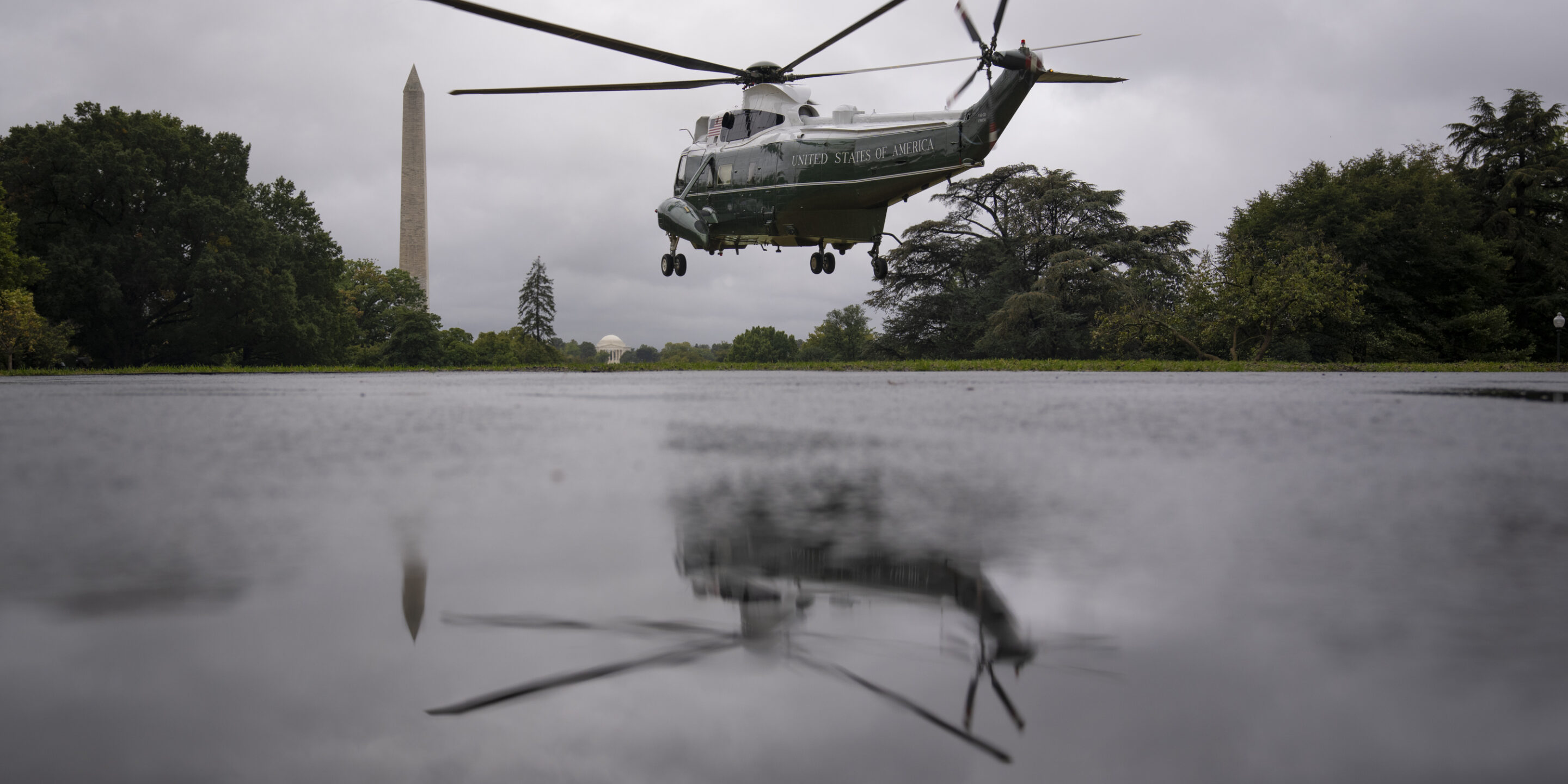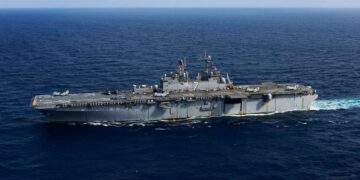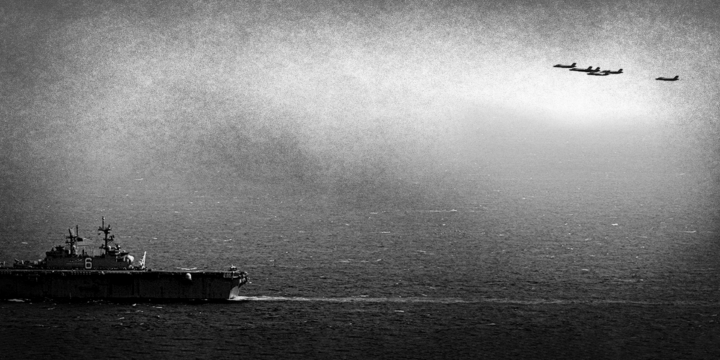As the Trump administration’s second term approaches a full year in office this coming January, it’s as good a time as any to ask two wonky but fundamental questions: Does President Donald Trump have a grand strategy? And if so, what is it?
To his most die-hard supporters, Trump’s entire foreign policy doctrine can best be described as “America First,” a phrase so open-ended and vague that it means different things to different people. Others have recycled Ronald Reagan’s infamous “peace through strength” doctrine, asserting that Trump aims to project U.S. military and economic power against adversaries, competitors and allies alike to meet core U.S. security objectives and maintain U.S. supremacy. Still others have termed Trump’s foreign policy as one of reciprocity, whereby Washington seeks to rejigger the global political and economic order to make it fairer for the United States.
Yet all of these definitions give Trump too much credit and depend on the assumption that he’s working off a unified, sophisticated plan for how to meet policy goals. Thus far, the opposite is the case. If Trump has any strategy at all, it’s often contradictory, where goals are competing with each other and officials in the U.S. inter-agency are confused about which ones have priority. Trump’s tariffs on India, for example, are designed to pressure Indian Prime Minister Narendra Modi into stopping the purchase of Russian oil, which in turn would squeeze Moscow financially and cause Russian President Vladimir Putin more difficulty in financing the war in Ukraine. But those same tariffs also throw a wrench into U.S.-India trade talks, have forced New Delhi into re-thinking its tough China policy and affords the Indian security establishment more reason to bet on multi-alignment with all the world’s great powers.
The Latest

Featuring Jennifer Kavanagh
October 24, 2025

Featuring Jennifer Kavanagh and Daniel DePetris
October 23, 2025
Events on Grand strategy








